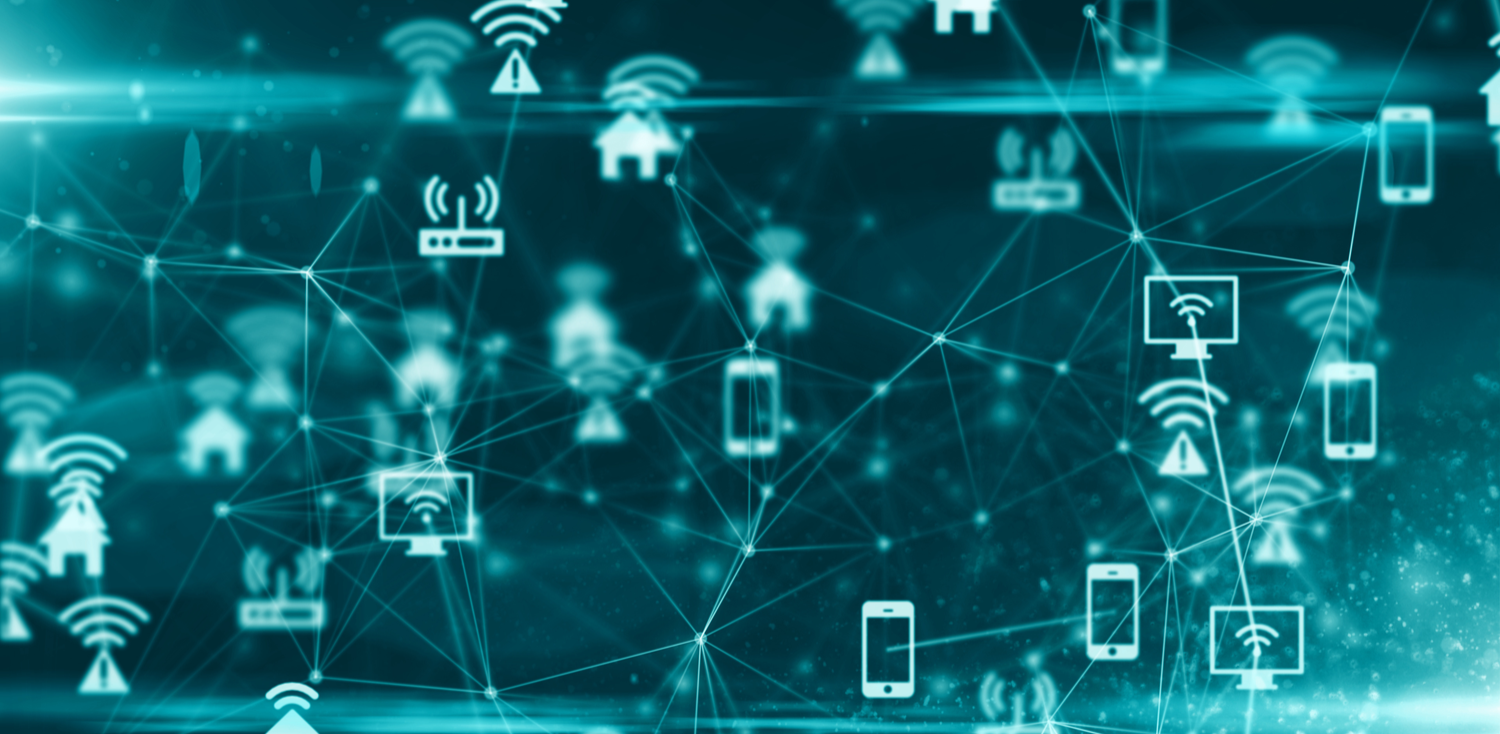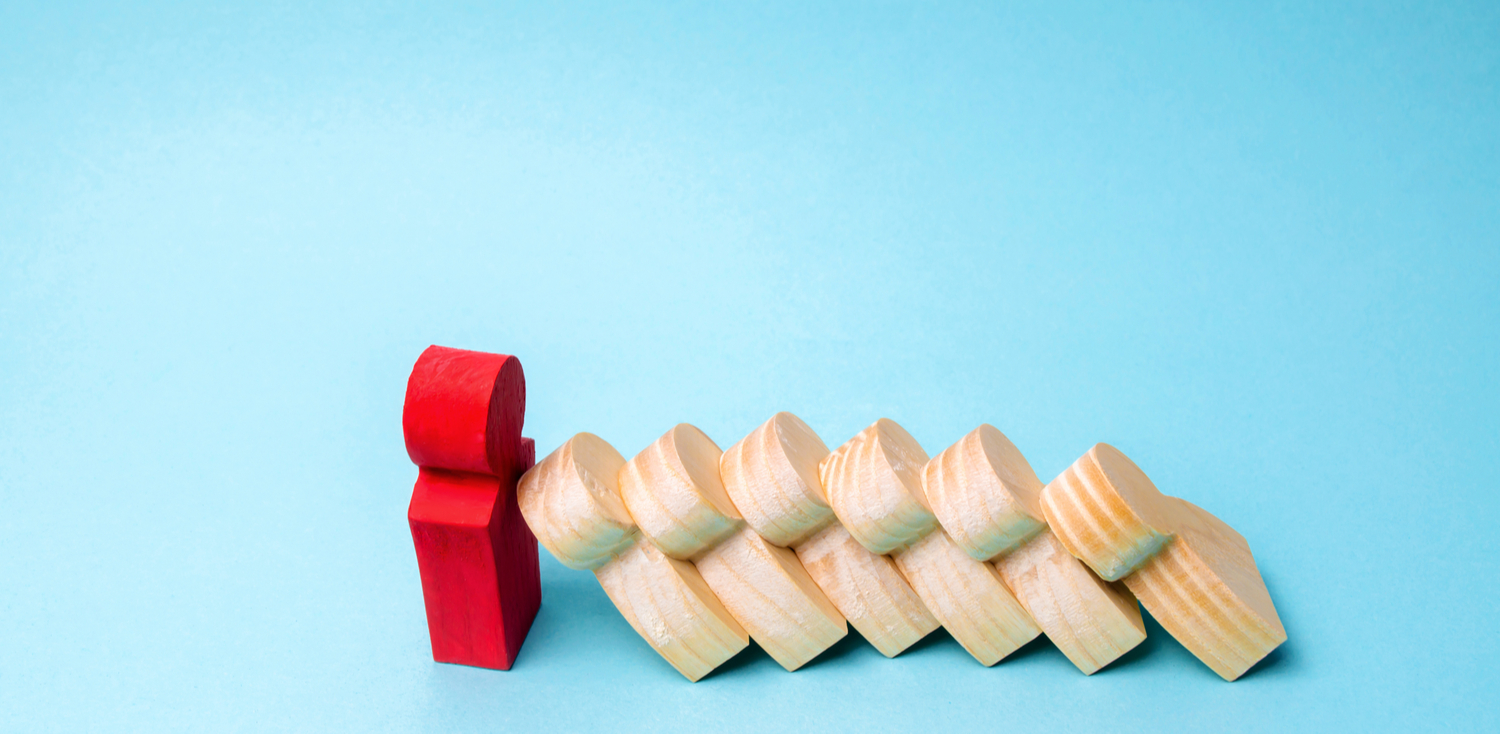By Craig Baty FIML
In this third of five articles on digital transformation for non-technical managers, we’ll look at the Internet of Things. After introducing workplace innovation in last week’s blog, we look at how the Internet has become all-encompassing, enabled the internet of things (IOT) and become even more vital for all leaders to understand and leverage.
From Internet to Internet of Things (IoT)
The Internet was first developed as a way of connecting computers to each other. With the rapid growth of digital technology almost anything can now be connected to the Internet – hence the term ‘the Internet of Things’ (IoT).
There is a multiplicity of ‘things’ that can be connected to the Internet. It is not only devices. By definition, anything with an IP (Internet Protocol) address can be connected. Wireless technologies such as WiFi, Bluetooth and 4G and 5G telephony mean that devices and sensors do not need to be physically connected – indeed, with IoT, remote connectivity is the norm.
The key to IoT is the ‘embedding’ of Internet connectivity into virtually any kind of physical device, which means they can be controlled and monitored over the Internet. They can also act as monitors – or sensors – for other devices and applications. This opens almost infinite possibilities and expands the scope of the Internet and what it can be used for.
Putting the IoT to work
The IoT can be best understood using examples in different environments, as introduced in this non-exhaustive list of IOT applications:
- Medical and health: IoT is the key technology for e-health, enabling remote diagnostics and monitoring, inside hospitals and in the community. Monitoring patients’ clinical condition and behaviour is a key aspect of effective healthcare.
- Buildings and dwellings: The so-called ‘smart home’ is a primary example of IoT technology. Virtually all domestic appliances can be IoT enabled, allowing them to be remotely controlled or activated according to external conditions. At the commercial level, building management systems do the same thing on an industrial scale.
- Energy and environment: The so-called ‘smart grid’ uses IoT technology to monitor and control the efficient distribution of energy. Smart sensors can be used to monitor all aspects of the environment and are increasingly being used for such applications as earthquake and tsunami prediction, warning and mitigation and wind-farm optimisation.
- Transport: A high-profile application of IoT technology to transportation is the rise of the Autonomous Vehicle (AV), otherwise known as driverless cars. More important than the technology and the vehicle itself are the monitoring and control mechanisms that enable it to move safely and efficiently around the transport network. IoT technology is also important and controls transportation systems such as trains and aircraft.
- Manufacturing: Automation has long been part of the manufacturing process. The IoT takes this to a new level, enabling vastly improved process automation, much of it based on big data and the sophisticated analysis of it. Digital twinning using IoT enables factory management to effectively replicate their factory on-screen or use virtual reality/augmented reality (VR/AR) to monitor, manage and maximise factory floor operations from a remote location.
- Agriculture: The IoT has made possible such applications as driverless tractors and automated irrigation systems. However, its primary application of agriculture is in monitoring the environment to enable the right decisions to be made about the most efficient farming practices.
- Smart cities: The term means different things to different people, but what they all have in common is the widespread deployment of IoT enabled applications including traffic and parking management, public space lighting, infrastructure monitoring, disaster recovery facilitation, and the like.
IoT has now moved beyond its earlier limited industrial applications and now permeates most aspects of society. As IoT can be embedded in almost anything, people are becoming very inventive. However just because your front door mat, your toothbrush and your mower could all be connected, it doesn’t mean that they should be. Leaders need to resist the desire of their employees and management to connect absolutely everything, and work with their teams to develop ideas for IoT use that can enhance corporate operations, improve safety, and create a competitive advantage.
In next week’s blog we will introduce Artificial Intelligence, robots and their impact.
Digital transformation – why you should care
Join us in Sydney where Craig will present an informative and insightful TEL Talk: Digital Transformation – Why should I care? This brief primer on Digital Transformation will address:
- What is Digital Transformation and why is it important for today’s leader?
- What are the key technologies and processes to be aware of?
- How have these technologies been used to create truly transformative business outcomes?
- As a leader, how can you prepare yourself for an increasingly digitalised future?
Craig Baty is Principal and Founder of Technology & Management Services (TMS), which specialises in research-based data-driven thought leadership and consulting for ICT strategy, outsourcing, vendor management, go-to-market execution, and market and competitive intelligence. TMS also consults on cross-cultural communications and managing virtual teams across multiple geographies. He previously held C-level leadership roles with global telecommunications provider BT (British Telecom), Japanese ICT & technology giant Fujitsu and ICT research and advisory firm Gartner. Craig currently serves as NSW Vice Chair of the Australian Computer Society (ACS) and on the NSW Council of the Australian Information Industry Association (AIIA).












